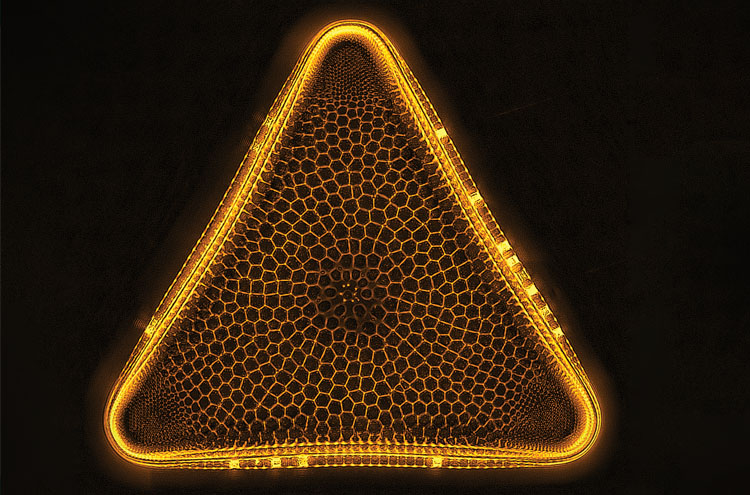
Diatom Trigonium
Label-free quantitative phase image of the diatom Trigonium. Image taken with an orientation-independent differential interference contrast (OI-DIC) microscope with a 60× water-immersion objective lens. The image width is 90 µm. Specimen was provided by diatom artist Osamu Oku (ncbi.nlm.nih.gov/pmc/articles/PMC5980661). [OPN 2022 Photo Contest Winner]
—Michael Shribak, Marine Biological Laboratory, Woods Hole, MA, USA
01 Dec 2022
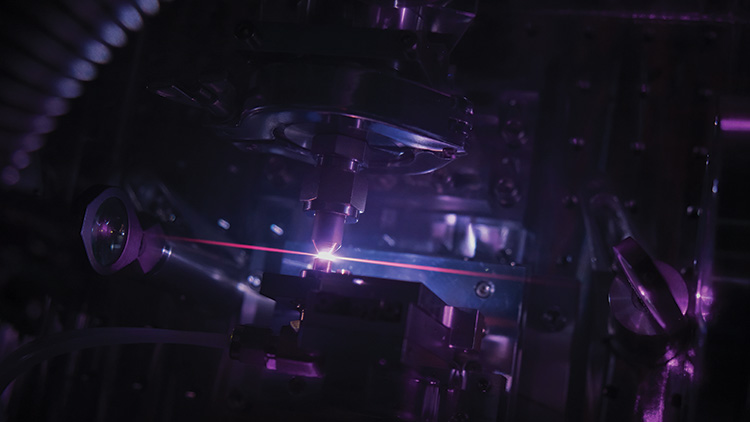
Soft X-Ray Laser
A high-power femtosecond infrared laser focused into a pressurized Argon gas jet, leading to a plasma in which high-harmonic generation (HHG) occurs to produce coherent EUV and soft X-rays. [OPN 2022 Photo Contest Second Place]
—Sven Weerdenburg, Delft University of Technology, Delft, Netherlands
01 Dec 2022
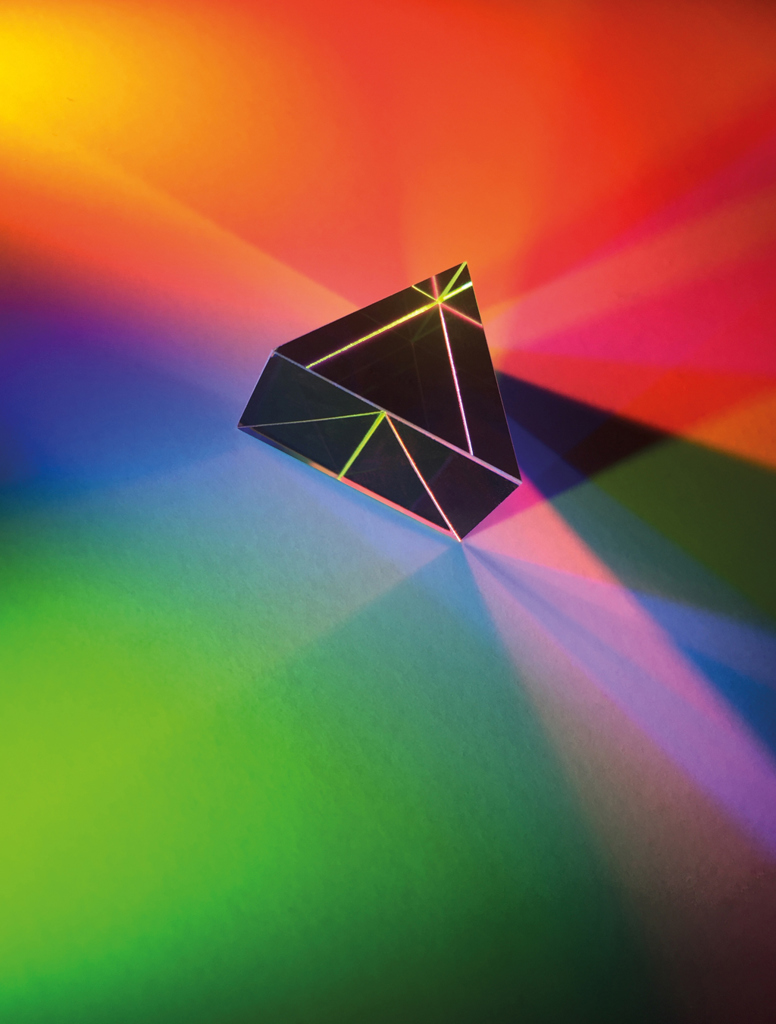
Superimposition of Light
As demonstrated by Isaac Newton, prisms deflect light rays to varying degrees depending on the color of the light. This effect creates the fascinating superimpositions of the color gradients in this picture. [OPN 2022 Photo Contest Third Place]
—Susanne Viezens, Max Planck Institute for the Science of Light, Erlangen, Germany
01 Dec 2022
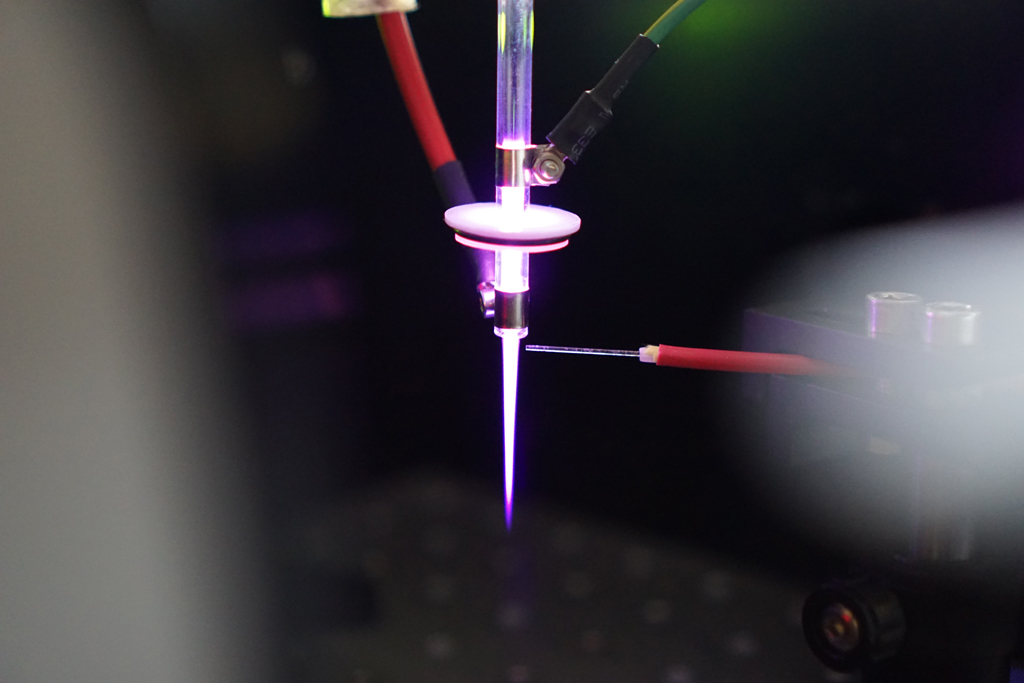
Cold Plasma
A cold atmospheric-pressure plasma jet in a helium/deuterated-water (HDO) mixture in the lab of Grant Ritchie, University of Oxford, UK. The plasma is pulsed at 20 kHz and is probed by the laser beam of a fast mid-infrared dual-comb spectrometer (IRsweep, IRis-F1) to study changes in the energy state population density of HDO.[OPN 2022 Photo Contest Honorable Mention]
—Michele Gianella, Empa, Dübendorf, Switzerland
01 Dec 2022
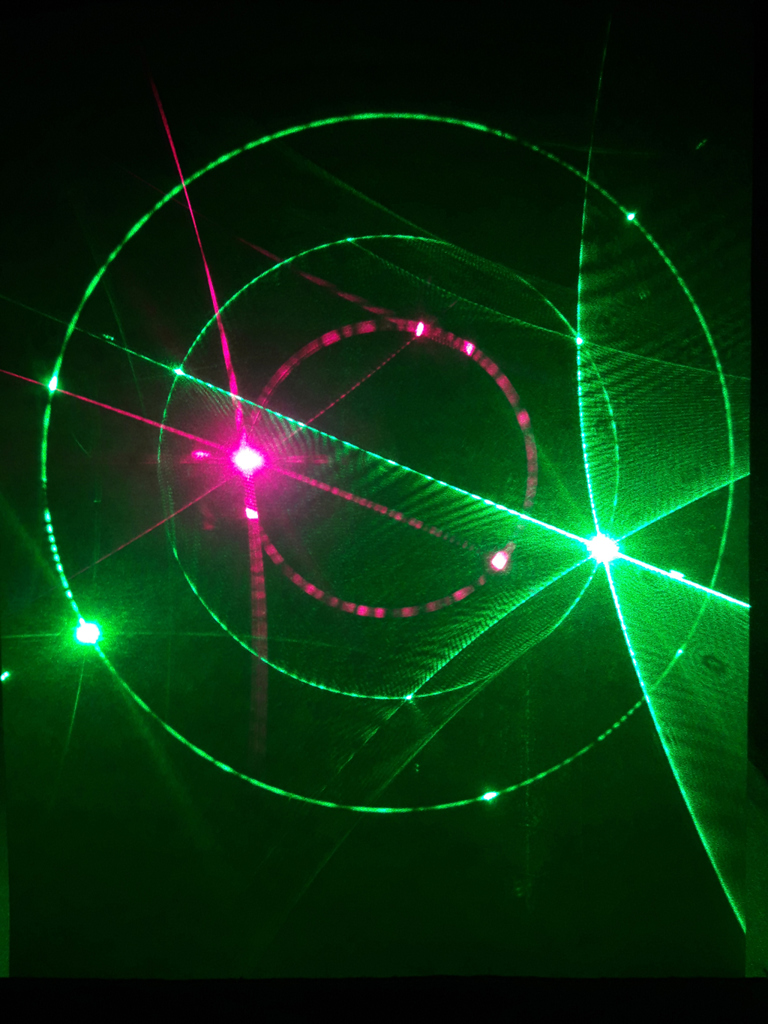
Soap Halos
Laser scattering in Plateau borders. The “parlaseric circle” is a luminous ring generated by light scattering in foam or soap bubbles. The name was inspired by the atmospheric phenomena known as a parhelic circle.[OPN 2022 Photo Contest Honorable Mention]
—Adriana P.B. Tufaile, Soft Matter Lab, EACH-University of São Paulo, São Paulo, Brazil
01 Dec 2022
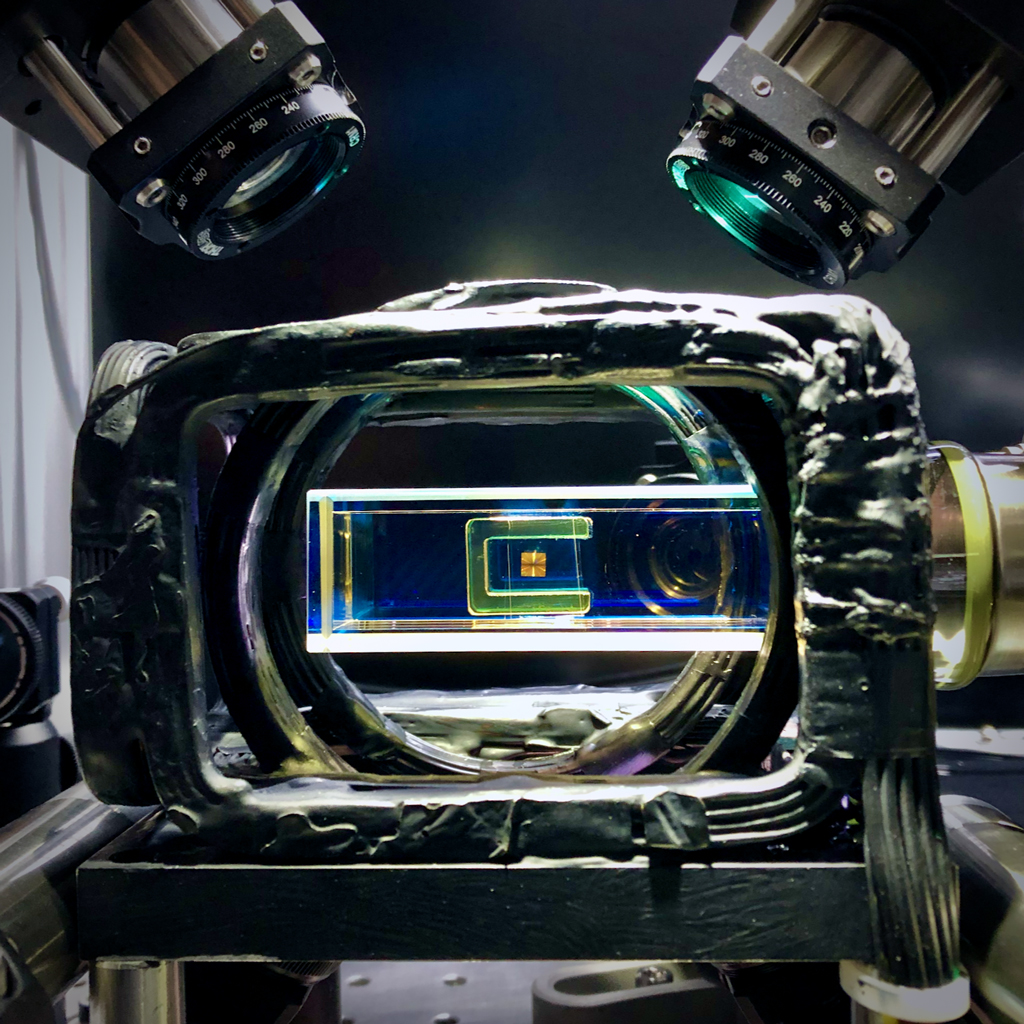
Metasurface atom trapping
Camera image of an optical setup, showcasing the science cell with an integrated metasurface lens at the center, used to capture and image single Rb atoms.[OPN 2022 Photo Contest Honorable Mention]
—Amit Agrawal, Cindy Regal and Scott Papp, NIST, JILA-CU Boulder, CO, USA
01 Dec 2022
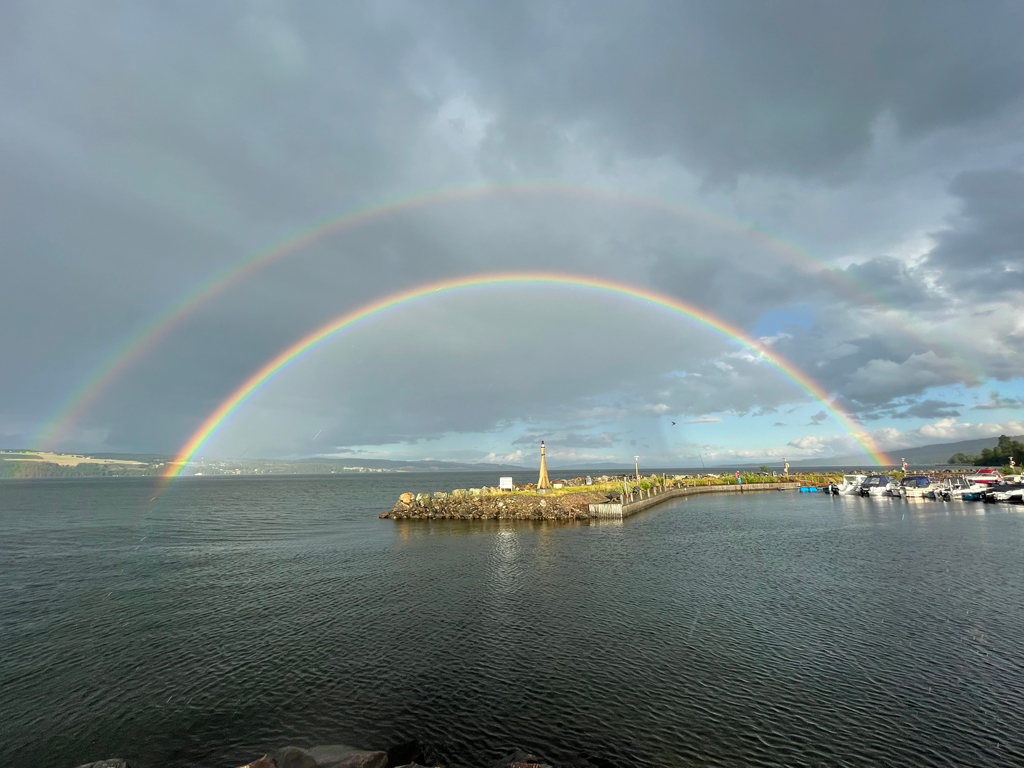
Rainbow over Lake Mjøsa
A semicircular rainbow with dual rings over Lake Mjøsa, Norway.[OPN 2022 Photo Contest Honorable Mention]
—Tanjir Alam, Phd Candidate, Norwegian University of Science and Technology (NTNU), Gjøvik, Norway
01 Dec 2022
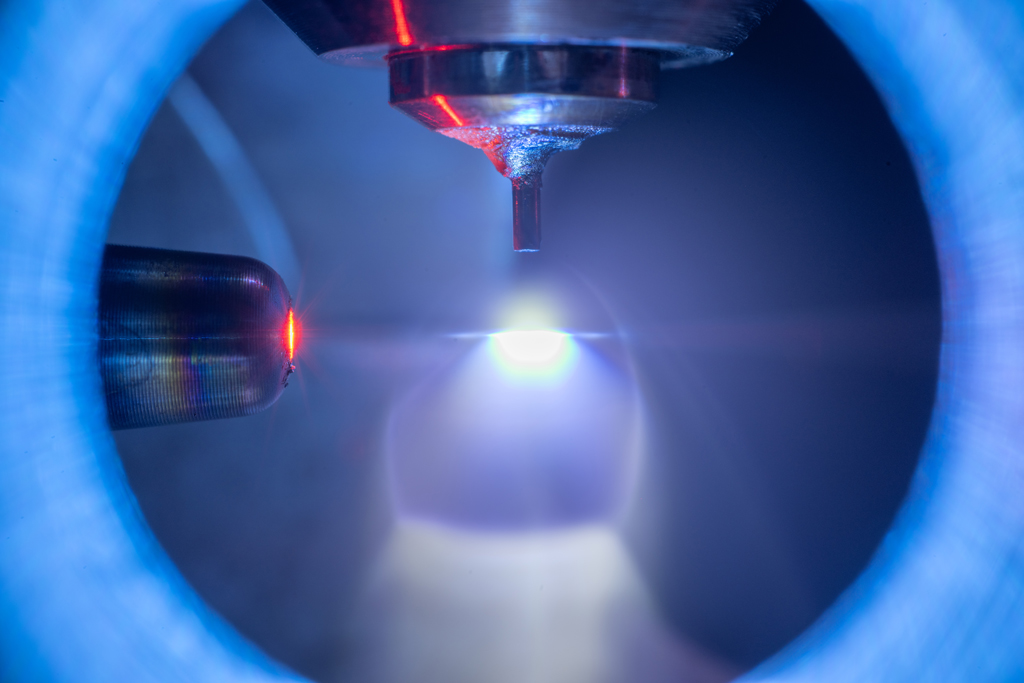
Krypton Clusters
Krypton clusters—produced from supersonic expansion in vacuum (center) of krypton gas from a high-pressure nozzle (top)—are irradiated by a high-power, few-cycle laser (right) to produce soft X-rays, emitted in all directions. X-rays going through the vacuum-chamber differential pumping hole (left) are detected by a soft-X-ray spectrometer (Optica, doi: 10.1364/OPTICA.471084).[OPN 2022 Photo Contest Editor's Choice]
—Pierre-Alexis Chevreuil, Ultrafast Laser Physics Group, ETH Zurich, Zurich, Switzerland
01 Dec 2022

Repair Aplanar 10 F#0,51
Reference lens of an interferometric Fizeau Transmission Sphere as a direct and indirect image, reflected on the conference table in our conference room. The lens shown has an over hemisphere and merges with the reference surface to form a sphere. At the same time, half the space in the background is mirrored twice, as with a wide-angle lens. The light comes from the right and is partially focused on the table top. The ZEISS logo upside down is also recognized in this way.
—Engelbert Hofbauer, HOFBAUER OPTIK Mess- & Prüftechnik, München, Germany
01 Dec 2022

UFI Mirror Studio
Artistic studio picture of UFI's ultrafast optics showing the details of the substrate and the different colours caused by the light.
—Verónica Oliver, UltraFast Innovations, Munich, Germany
01 Dec 2022

